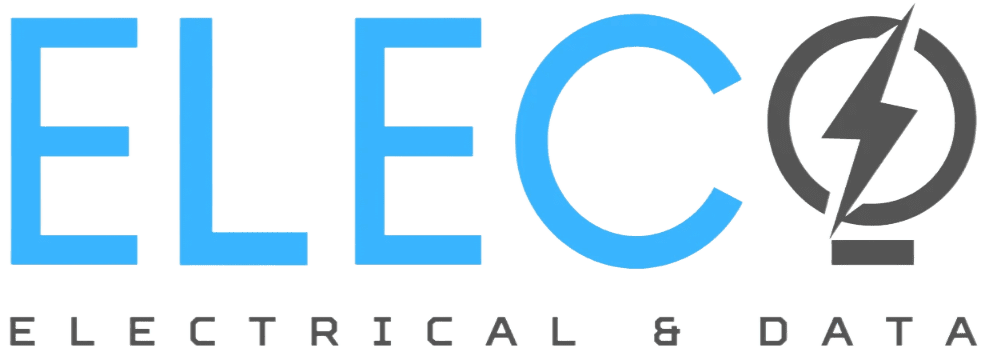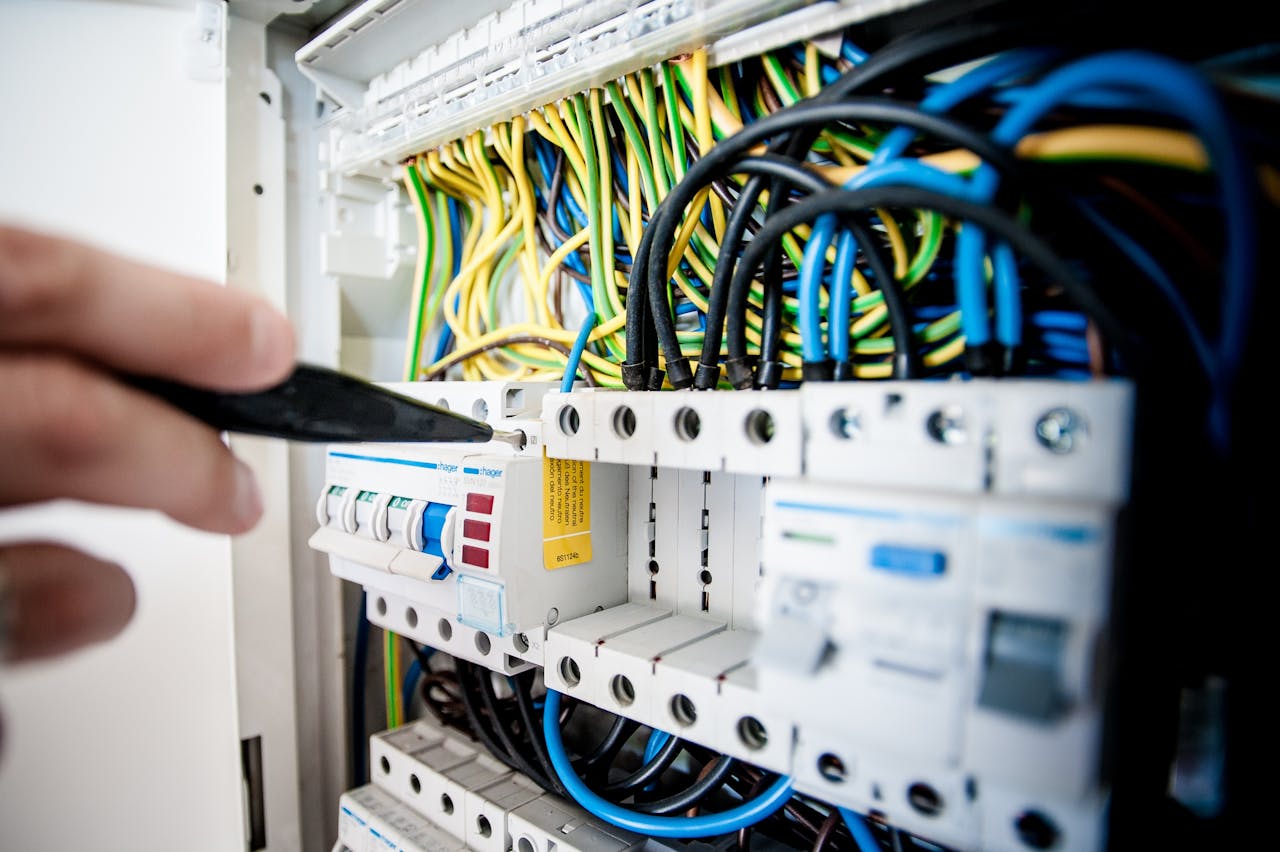Older homes in Melbourne often charm us with their unique architecture and vintage appeal. However, behind those quaint facades can lurk outdated electrical systems that pose real risks to the home’s safety. Whether it’s flickering lights or unreliable power outlets, these signs may indicate that the electrical system isn’t up to modern standards. Living in a house like this can feel like living with a time bomb, where you’re always cautious about which appliance to use or when an unexpected power trip might occur.
The solution? Safety switches. These devices are critical in preventing electrical hazards, making them a smart investment for older homes. They work by quickly cutting off the power in scenarios that might lead to electric shocks or fires, giving you peace of mind. Let’s explore what these safety switches are and why they’re crucial for any home, especially those carrying the charm yet risk of age.
What Are Safety Switches?
Safety switches are specially designed devices that protect you from electric shocks and potential fires. Unlike circuit breakers or fuses that safeguard wiring and appliances, safety switches take human safety as their primary concern. When an electrical fault occurs, like a current leakage or a surge, these devices can disconnect power in less than a heartbeat. This is especially vital in homes with older wiring systems, where the risk of faults is higher.
There are several types of safety switches available for residential use:
– Portable Safety Switches: These can be plugged into power points and are great for temporary electrical safety. Ideal when working with high-risk tools or outdoor appliances.
– Combination Safety Switches: These integrate with existing circuit breakers or fuses, offering dual protection against overloads and electric shocks.
– Meter Box Safety Switches: Installed directly into the meter box, these provide comprehensive whole-house protection, ensuring every device and power point is covered.
Understanding which type best suits your needs can depend on your current electrical setup and specific concerns you may have about your home’s safety. Safety switches represent a simple yet profound upgrade—one that prioritizes your family’s well-being and allows you to cherish your home’s nostalgic charm without fear.
Benefits of Installing Safety Switches
Installing safety switches in older homes can significantly enhance overall electrical safety. These devices reduce the risk of electrical fires, which can be a concern in older properties with aged wiring systems. Safety switches act like a vigilant guardian that quickly intercepts any electrical fault. By doing so, they prevent situations that could otherwise result in costly and potentially dangerous fires.
Safety switches also provide crucial protection against electric shocks. Imagine if a curious child were to poke around power outlets. With safety switches in place, the risk of shocks is almost entirely curtailed. These switches act swiftly, disconnecting power at the slightest sign of trouble, ensuring that family members are kept safe from accidents.
Of course, there’s an additional benefit that often goes unnoticed: improved energy efficiency. When electrical systems run efficiently without the hiccups of faults or outages, the reliance on energy-hogging backup solutions decreases. This reliable performance not only keeps homes safer but can also make them more energy-efficient in the long run.
Why Older Melbourne Homes Need Safety Switches
Older homes in Melbourne have their fair share of electrical quirks. Common issues often include outdated wiring that may not meet current safety standards. These older systems can struggle under modern electrical demands, resulting in overloaded circuits or worse. Left unaddressed, these issues have the potential to evolve into more significant problems.
Safety switches offer a straightforward solution to these challenges by addressing and neutralising faults before they escalate. They’re particularly beneficial for older properties, bringing them up to modern safety standards without extensive rewiring. When safety switches detect even a minor leak of current, they act almost instantaneously, cutting off the electricity supply and preventing possible hazards.
Imagine living in peace, knowing that a small but mighty device is consistently monitoring your home’s wiring. Safety switches make this a reality, ensuring your home is protected while respecting its classic charm. With the security they bring, you can enjoy the beauty of your old home without the electrical worries.
How to Get Started with Safety Switches
Making the decision to install safety switches is a wise move toward a more secure home environment. The next step involves finding the right electrician to assess your home’s specific needs. Skilful electricians can evaluate the current setup and recommend the types of safety switches that suit your home best.
When you’re ready to proceed, the installation can go smoothly with professionals who understand the ins and outs of older Melbourne homes. They will ensure that the safety switches are correctly integrated into your existing system, providing full protection. The process may include:
– Evaluating existing electrical systems to pinpoint areas of potential risk.
– Choosing the appropriate safety switches that meet the unique requirements of your home.
– Installing the selected switches and testing them to ensure full functionality.
With the proper safety systems in place, you can relax knowing that your home is shielded from electrical hazards while preserving its historic essence. Take comfort in the knowledge that upgrading your old home doesn’t mean letting go of its beauty—it just means ensuring that it’s as safe as it is special.
To keep your older Melbourne home safe and aligned with current electrical standards, consider having a safety switches electrician assess and upgrade your system. Eleco Electrical & Data is committed to providing expert evaluations and installations that enhance both the safety and efficiency of your home’s electrical infrastructure.


